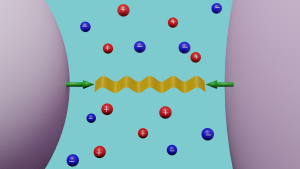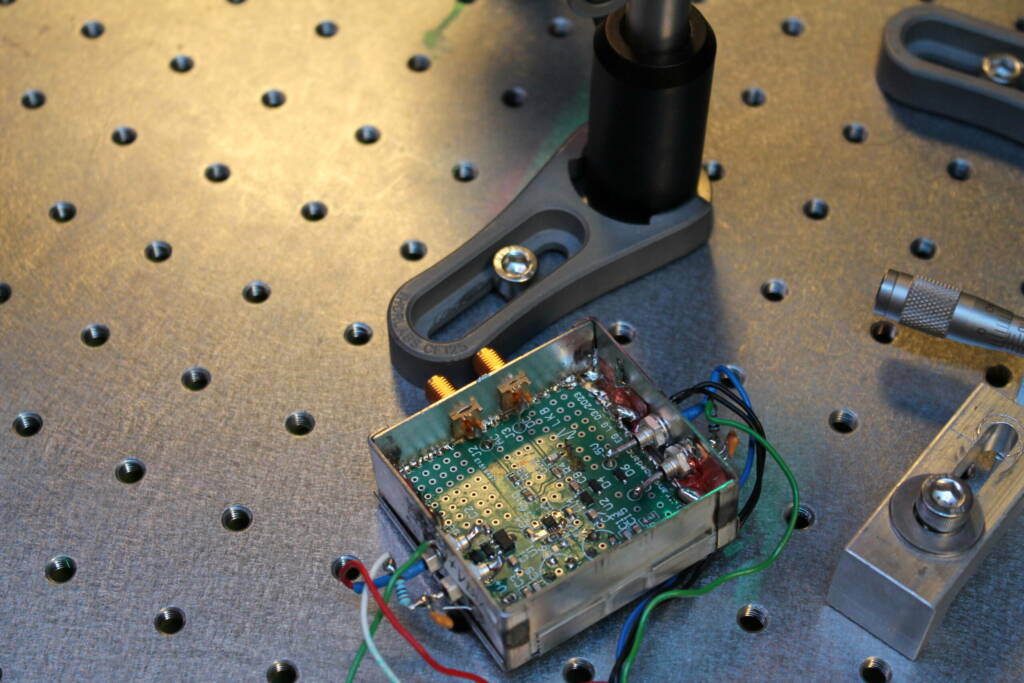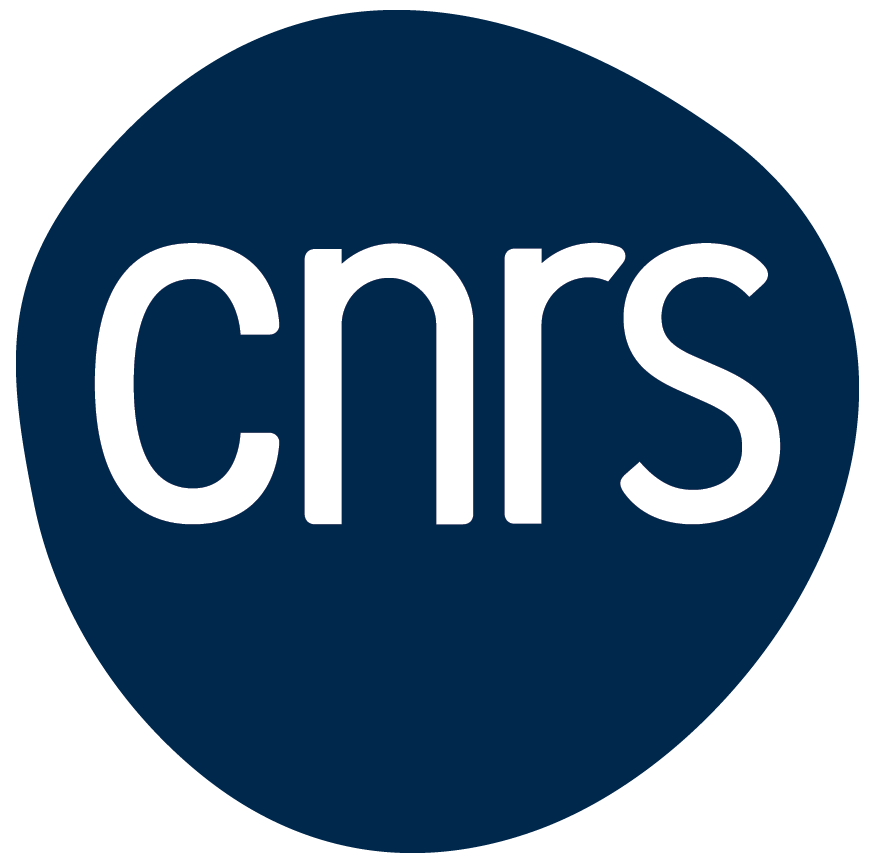A surprisingly large Casimir force at biophysical interfaces
The force becomes universal in the sense that it no longer depends on the dielectric functions but only on the geometric parameters

Biophysical interfaces involve electrolytic media such as salt water where Debye screening due to moving ions is extremely effective. It was therefore commonly believed that interactions induced by electromagnetic fluctuations could not give rise to long-range forces in such media.
Vacuum electromagnetic fluctuations are responsible for an interaction called van der Waals force at short range and Casimir force at long range. It has just been shown that this interaction is not shielded for the part induced by the magnetic transverse fluctuations: they thus contribute to a long-range interaction two orders of magnitude larger than previously thought, over typical distances of the order of a hundred nanometers.
For two dielectric microspheres placed in salt water at room temperature, with a concentration typical of that of biological media and for distances greater than a few tens of nanometers, the force becomes universal in the sense that it no longer depends on the dielectric functions but only on the geometric parameters. A simple interpolation formula is given, which is sufficiently accurate for practical applications, without the need to redo the demanding numerical calculations on which the results are based.

Universal Casimir Interaction between Two Dielectric Spheres in Salted Water
Tanja Schoger, Benjamin Spreng, Gert-Ludwig Ingold, Paulo A. Maia Neto, and Serge Reynaud; Phys. Rev. Lett. 128, 230602 (2022) DOI: https://doi.org/10.1103/PhysRevLett.128.230602
Read also
CNRS Recruitment – Join the LKB
External Recruitment for Researchers (M/F)
Nathan Goldman is among the Highly Cited Researchers
Clarivate list



